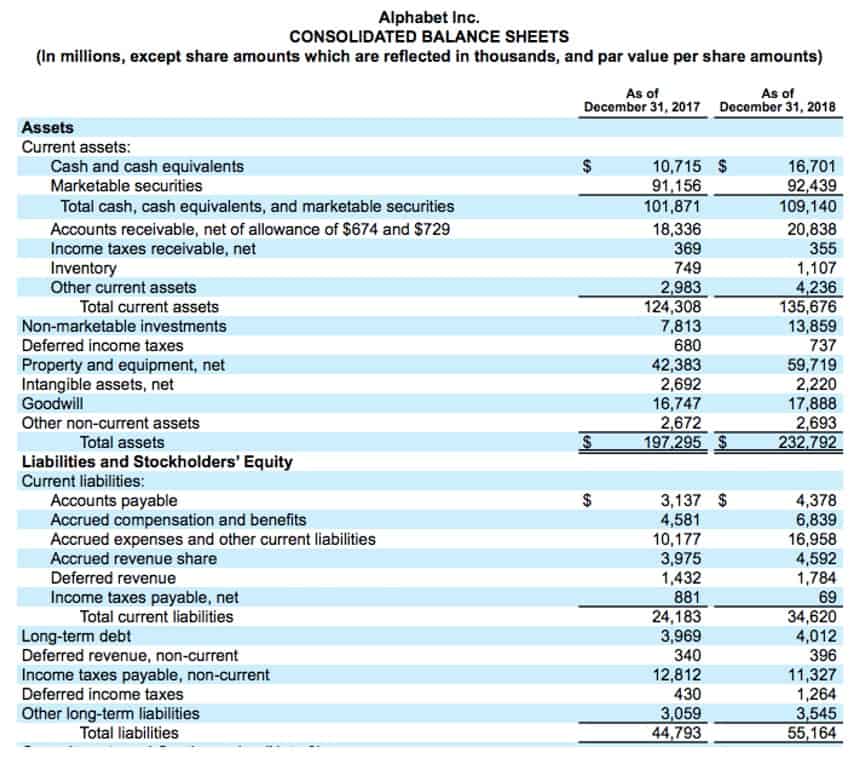3 1 Describe Principles, Assumptions, and Concepts of Accounting and Their Relationship to Financial Statements Principles of Accounting, Volume 1: Financial Accounting

The assumption that only transactions that can be measured in terms of money should be recorded in the books of accounts. In other words, according to this concept, the only transactions that should be recorded in the books of accounts are those that can be measured in terms of money. The periodicity (or time period) assumption implies that a company can divide its economic activities into artificial time periods. These time periods vary, but the most common are monthly, quarterly, and yearly. According to accounting standards, if this concept is followed, this fact needs not be disclosed in the financial statements since its acceptance and use are assumed.
If an asset cannot be expressed as a dollar amount, it cannot be entered in a general ledger account. For example, the management team of a very successful corporation may be the corporation’s most valuable asset. However, the accountant is not able to objectively convert those talented people into USDs. Hence, the management team will not be included in the reported amounts on the balance sheet. One problem with the monetary unit assumption is that it disregards the effects of inflation when recording. Another problem with this assumption is that it can be deceiving or misleading for external users of financial statements.
Unless otherwise noted, financial statements are prepared under the assumption that the company will remain in business indefinitely. Therefore, assets do not need to be sold at fire‐sale values, and debt does not need to be paid off before maturity. This principle results in the classification of assets and liabilities as short‐term (current) and long‐term. Accountants use generally accepted accounting principles (GAAP) to guide them in recording and reporting financial information. GAAP comprises a broad set of principles that have been developed by the accounting profession and the Securities and Exchange Commission (SEC).
- Two laws, the Securities Act of 1933 and the Securities Exchange Act of 1934, give the SEC authority to establish reporting and disclosure requirements.
- Businesses in the United States usually use U.S. dollars for this purpose.
- However, the staff’s skill could not record in the financial statements as assets.
This asset, prepaid rent, helps generate revenues for more than one reporting period. In that example, we chose to “systematically and rationally” allocate rent expense equally to each of the three one-year periods rather than to charge the expense to year 1. The four basic assumptions underlying GAAP are (1) the economic entity assumption, (2) the going concern assumption, (3) the periodicity assumption, and (4) the monetary unit assumption.
What is the monetary unit assumption?
Assets are then remain on the balance sheet at their historical without being adjusted for fluctuations in market value. It’s important to have a basic understanding of these main accounting principles as you learn accounting. This isn’t just memorizing some accounting information for a test and then forgetting it two days later.
- Therefore, it is crucial to ascertain that these elements get expressed in terms that stakeholders can understand.
- It can also help companies figure out how to record transactions for which there may not currently be an applicable standard.
- The full disclosure principle requires that financial statements include disclosure of such information.
- In a given period, revenue is recognized according to the realization principle.
Without monetary measurement, we will not be able to communicate financial information to readers. Not recognizing the affects of inflation can be a little deceiving for external users, but FASB decided not to worry about it. For example, if a company purchases a building for $100,000 and holds on to it for 30 years, it will still be reported on the balance sheet for the original purchase price not adjusted for inflation.
List of Key Accounting Assumptions
The auditor conducts the audit under a set of standards known as Generally Accepted Auditing Standards. The accounting department of a company and its auditors are employees of two different companies. The auditors of a company are required to be employed by a different company so that there is independence. The matching principleexpenses are recognized in the same period as the related revenues. States that expenses are recognized in the same period as the related revenues.
Our goal is to deliver the most understandable and comprehensive explanations of climate and finance topics. We follow ethical journalism practices, which includes presenting unbiased information and citing reliable, attributed resources. Much of our research comes from leading organizations in the climate space, such as Project Drawdown and the International Energy Agency (IEA). This team of experts helps Carbon Collective maintain the highest level of accuracy and professionalism possible. Go a level deeper with us and investigate the potential impacts of climate change on investments like your retirement account. Our goal is to deliver the most understandable and comprehensive explanations of financial topics using simple writing complemented by helpful graphics and animation videos.
Our team of reviewers are established professionals with decades of experience in areas of personal finance and hold many advanced degrees and certifications. Yet, the quicker a company releases the information, the more likely the information will include errors. A month’s results usually prove less reliable than a quarter’s results, and a quarter’s results are likely to be less reliable than a year’s results.
Going concern assumption is one of the fundamental assumptions in accounting on the basis of which financial statements are prepared. And 4 basic accounting assumptions are part of GAAP, accounting principles, and the double-entry system. Full Disclosure Principle – requires that any knowledge that would materially affect a financial statement user’s decision about the company must be disclosed in the footnotes of the financial statements. This prevents companies from hiding material facts about accounting practices or known contingencies in the future. Historical Cost Principle – requires companies to record the purchase of goods, services, or capital assets at the price they paid for them.
Accounting Principles
In reality, inflation erodes the value of monetary units, but accounting records are based on the assumption that a monetary unit has a stable value. On the other hand, the types of endorsements flashcards also impacts the balance sheet by assigning value to every account. However, it may not do so accurately since it does not consider performance and other non-monetary metrics. Lastly, the monetary unit assumption also impacts the cash flow statement since every item there reports cash inflows and outflows. Remember, the entire point of financial accounting is to provide useful information to financial statement users. If everyone reported their financial information differently, it would be difficult to compare companies.
Monetary Unit Assumption: Definition
Inflation is a general increase in the prices of goods and services in an economy. This means that the purchasing power of a currency diminishes over time as the cost of goods and services rises. Under the monetary unit assumption, an asset purchased for $12,000 in 2003 and another asset purchased for $12,000 in 2016 would have the same cost. Importantly, this concept introduces many complexities in accounting in the sense that assets which cannot be accurately expressed in terms of monetary units are not usually reflected in business accounts.
This is because the company is allowed to only include those transactions that have a monetary value. Now, it is standard practice for documents on which accounting records are based to be issued in terms of money. For this reason, maintaining accounting records in terms of money does not lead to any problems. In the United States, for example, all accounting records are maintained in terms of the US dollar.
Another key aspect of this assumption is the distinction between the economic activities of owners and those of the company. For example, the economic activities of a sole proprietorship, Uncle Jim’s Restaurant, should be separated from the activities of its owner, Uncle Jim. Uncle Jim’s personal residence, for instance, is not an asset of the business. The apples and oranges problem can be solved in this manner since cash, diverse physical things, and claims against others can all be described in terms of money.
How does the monetary unit assumption affect the valuation of a company?
Depending on the account type, the sides that increase and decrease may vary. We can illustrate each account type and its corresponding debit and credit effects in the form of an expanded accounting equation. You will learn more about the expanded accounting equation and use it to analyze transactions in Define and Describe the Expanded Accounting Equation and Its Relationship to Analyzing Transactions. Graphic 1-8 provides a summary of the accounting assumptions and principles that guide the recognition and measurement of accounting information. These criteria help ensure that a revenue event is not recorded until an enterprise has performed all or most of its earnings activities for a financially capable buyer. The primary earnings activity that triggers the recognition of revenue is known as the critical event.
Then in 2023 the corporation purchased an adjacent (nearly identical) two-acre parcel at a cost of $500,000. After the 2023 purchase is recorded, the balance in the corporation’s general ledger account Land is $580,000. Therefore, the corporation’s balance sheet will report its four acres of land at a cost of $580,000. There is no adjustment for the difference in purchasing power between the 2003 dollar and the 2023 dollar.
Two-Part Assumptions
It states that a business’s financial reports represent quantifiable transactions, like buying and selling things. There are economic events, like hiring a new chief executive officer or introducing a new product, that can’t be expressed in monetary terms. They aren’t recorded as transactions for bookkeeping purposes, but may end up in the disclosures to the financial statements. In general, if an event can be measured in money, it must be recorded in the accounting records. The monetary unit assumption is the accounting concept that only records the business transaction in monetary unit. If the transactions can not translate into monetary units, accountant will not require to record in the financial statements.




